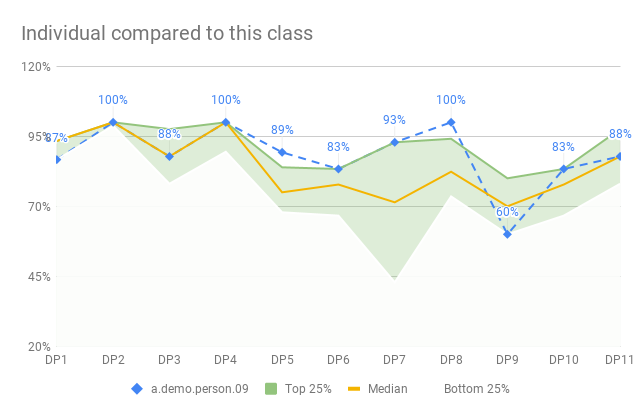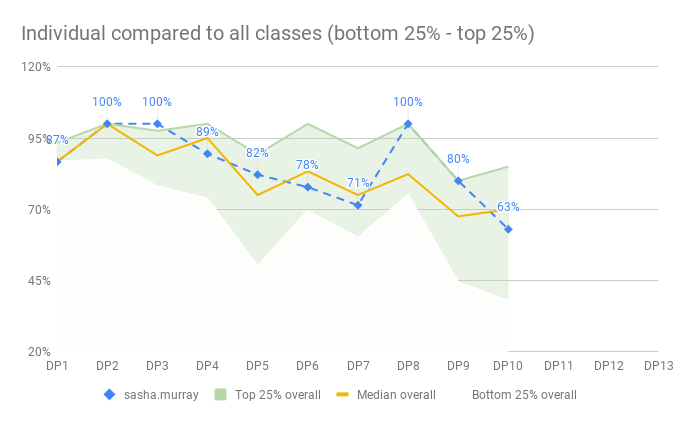Applied learning - things noticed
January 27, 2020
I work for a developer accelerated career program. I have (together with Jakob Leczinsky) created a training material that takes people with no professional development experience into professional developers in 3 months. We have now run 4 courses and found jobs for about 100 people. All of them have got rave reviews from our clients, top-line software companies in Stockholm.
But how?! This is quite provocative, even for me. I spent 4 years in university (Go DSV!) - surely you can’t learn as much in 3 months.
How can this work? Because it quite obviously does. I have 100 devs telling me so.
I was pondering this as I picked up the book Antifragile by Nicholas Nassim Taleb for a reread. And things clicked. Our method is antifragility applied to training. And we create antifragile developers.

